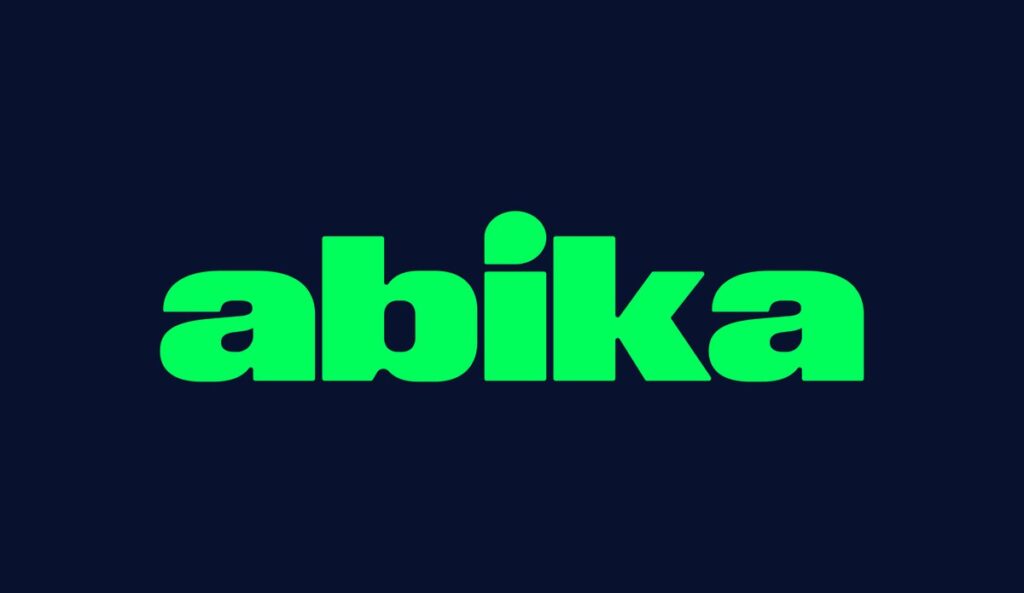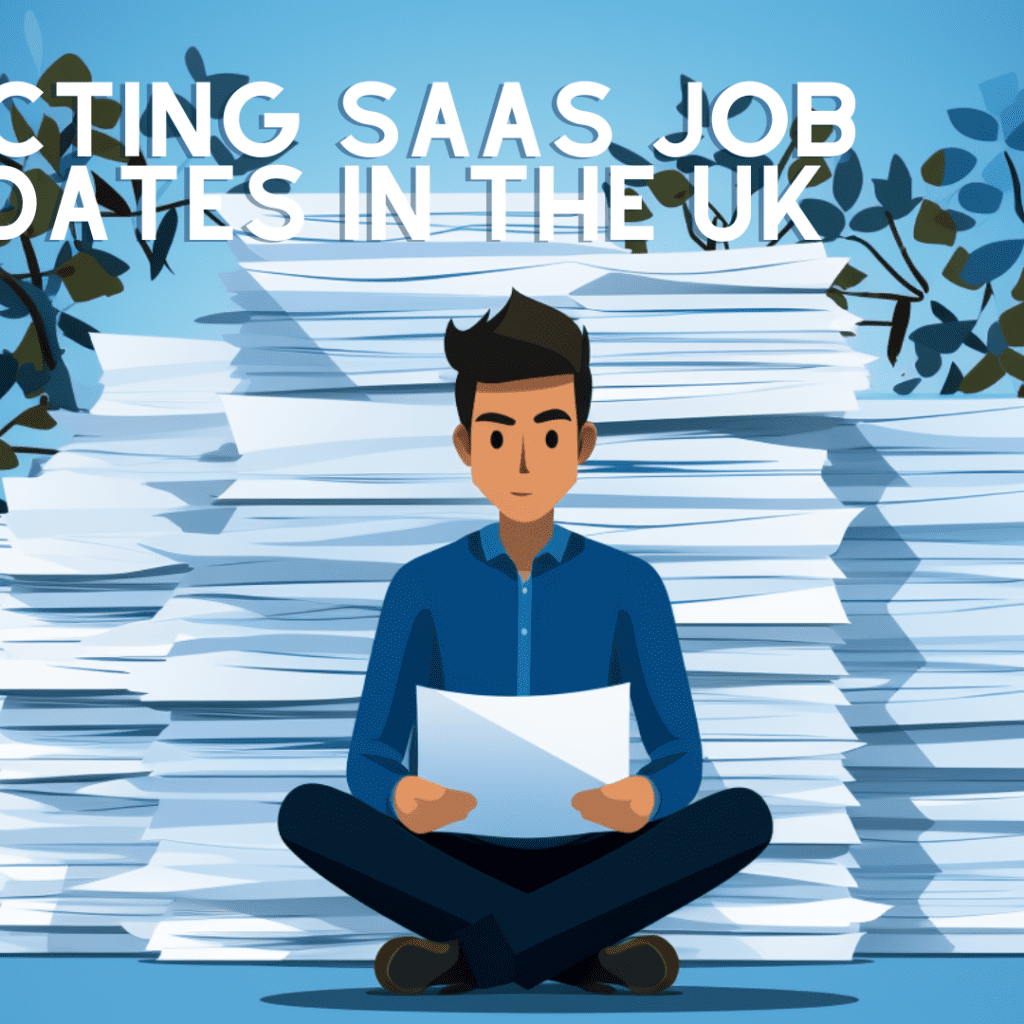The rapid and impressive rise of cloud technology has enabled businesses large and small to operate offsite through SaaS products, rather than having to invest in on-premise infrastructure to reap the benefits of CRM software and automation like they did ten years ago. Nowadays companies can take advantage of applications that result in rapid growth without the headache of expensive overheads, changing the way that businesses operate forever.
But SaaS software is constantly changing, having already evolved from simple cloud features to complex platforms that offer advanced features that are benefiting businesses from small start-ups to huge global enterprises – and these evolutions don’t show any sign of slowing down or stopping as we head into 2023.
So, what can we expect some of the biggest upcoming SaaS trends for the end of 2022 and 2023 to look like?
Abika takes a look…
1. SaaS For Remote Working
Nothing in history has brought to the forefront the benefits of SaaS more than the COVID-19 pandemic. Globally, companies now need digital solutions that let all of their employees communicate and collaborate with ease, all while minimising cost.
The progression of the pandemic changed the way people work forever, changing the expectations of employees the world over in terms of work-life balance and job flexibility. With many now continuing to work remotely with no intention of stepping back into the office, employers have had to make adjustments within their companies to accommodate remote work, meaning the faster adoption of Saas.
The clear winners in SaaS software over the last couple of years have been applications including video conferencing and screen-sharing, with CRM and sales platforms quickly following suit. As we finish up this year and head into the next, businesses are going to continue bringing more and more operations online through productivity platforms, remote delivery systems, and people management apps in order to make the permanent shift to remote or hybrid work.
2. AI Is Set To Become A Standard Feature Of SaaS

Artificial Intelligence is quickly becoming a standard feature in the SaaS industry, and is a trend that is set to continue into 2023.
The graphic at the top of this page for instance is AI generated based on the content of this article. Now it may have taken “cloud technology” a bit too literally but if gives you an idea of what can be achieved within seconds.
As a copywriter myself I have dabbled in AI SaaS trends and the AI content creation is something else. With only a small nudge of styling and a description of myself, it is scarily accurate.
Businesses are able to use AI to improve efficiency and spend less money, by using autonomous innovations that can enhance service and better understand their customers’ needs thanks to data-driven analysis. Companies’ desire to do more for less is a huge driving force when it comes to making improvements in AI technology, and this rapid growth in the demand for AI as a feature is going to improve the key features of many software models.
Combining the capabilities of both AI and SaaS is going to increase the possibilities of automation and personalising services, as well as improve and enhance security – innovations that look set to advance even further in 2023 as it becomes easier and faster for developers to gather more and more and more information from both users and customers.
3. The Development Of Mobile-First SaaS
Believe it or not, mobile SaaS is more often than not a bit of an afterthought for developers, but not having a mobile-first approach could be causing companies to miss out on some valuable opportunities.
The world and his dog have a smartphone (95% of adults between the ages of 30 and 49 according to Pew Research Centre in 2021), so it’s safe to say that the overwhelming majority of business owners, employees and customers have access to a mobile device throughout each day.
It seems crazy then, that so much in terms of time and resources are spent creating efficient desktop versions of SaaS products, while mobile versions are left by the wayside. The COVID-19 pandemic saw a massive increase in mobile app downloads across many different industries, and it’s time for the SaaS industry to sit up and take notice, increasing their development of mobile-first apps to take us into 2023
4. An Increase In Low-Code And No-Code Platforms
One of the challenges faced by companies at the onset of the pandemic when it came to shifting to digital solutions was the lack of engineers, and as a result, low-code and no-code platforms saw a huge surge in popularity. It made it easier to develop and deploy new applications quickly, and so more and more developers began adopting these low-code tools.
This looks set to continue into the future, with hybrid teams of business users and developers using these low-code cloud-native platforms to build apps. 66% of workers have adopted low or no-code solutions in the last year or so (Formstack 2021), and this only looks set to continue to rise as more and more companies make the shift to cloud technology and online-first operations.
It’s safe to say that SaaS isn’t going anywhere, and businesses in every industry need to embrace it if they want to keep an edge over the competition. The ‘working from home’ trend is also here to stay, and the higher demand for tools that support this is going to see SaaS working hard to meet those needs as we head into 2023 and beyond. The new generation of SaaS is going to see less complexity in order to make doing business as uncomplicated as possible, making it especially easy for small and medium sized businesses to build, manage and streamline their operations with fully-integrated solutions for all.





